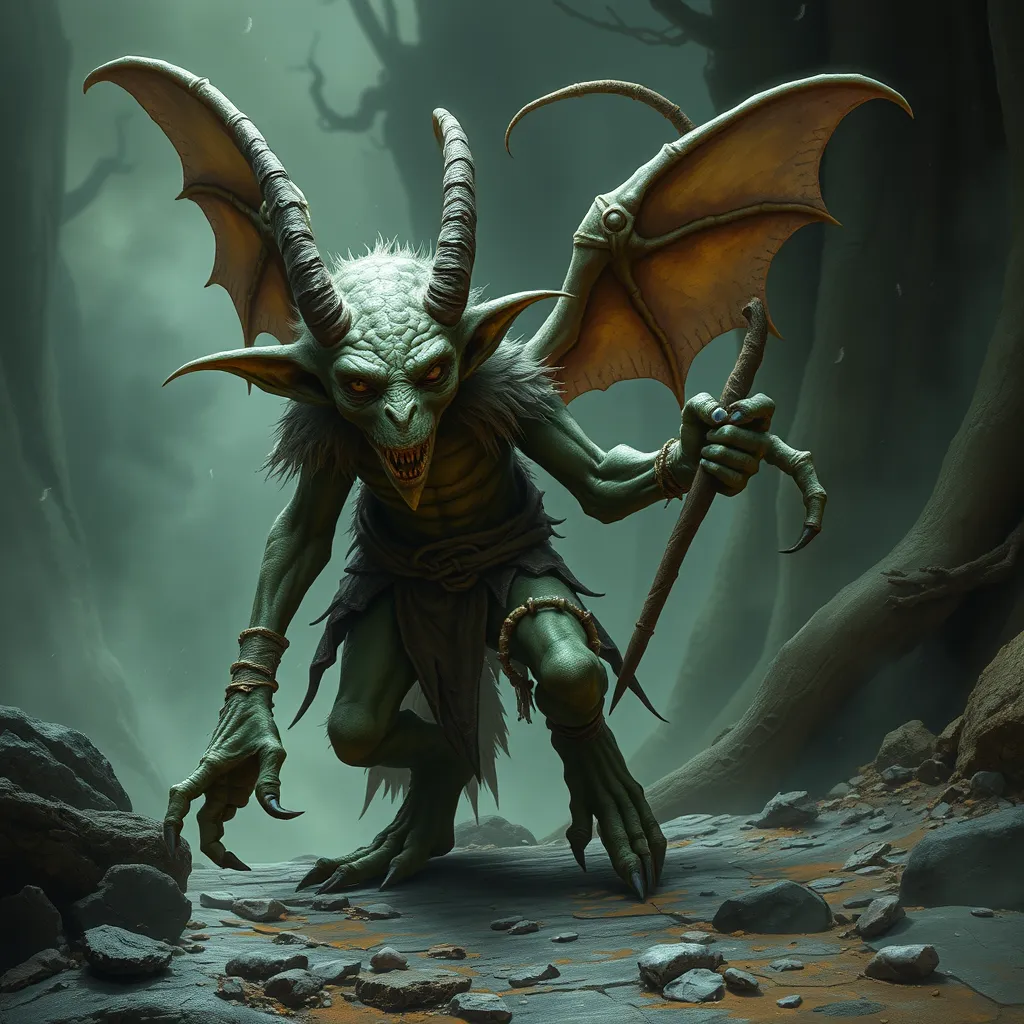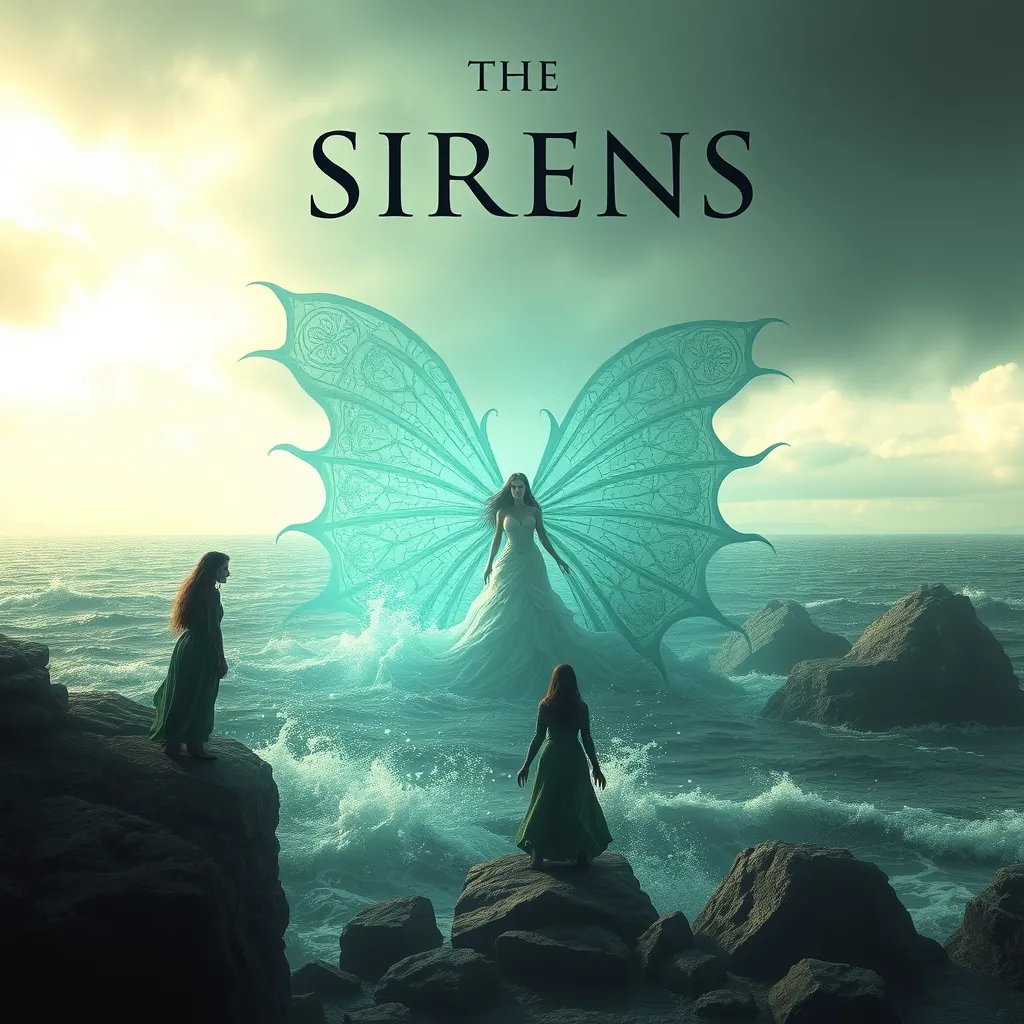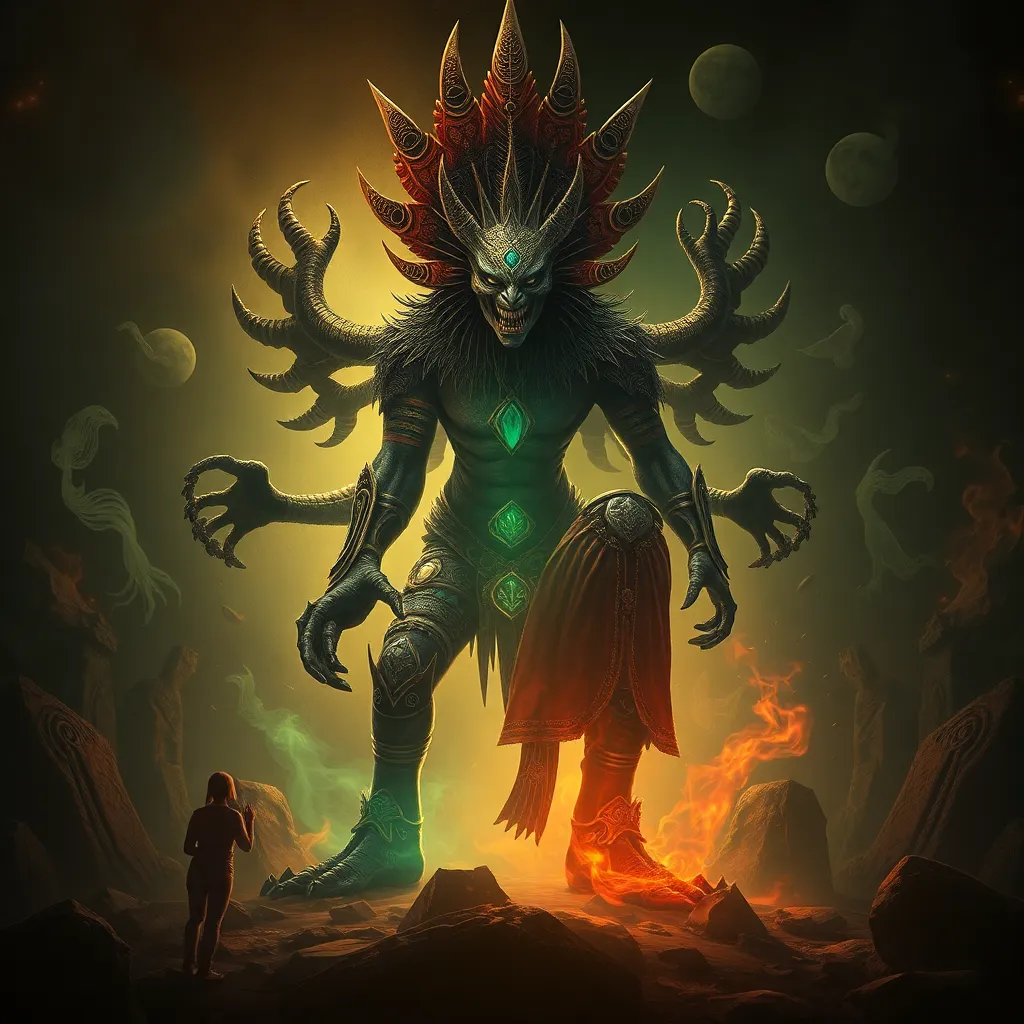From Faerie Folk to Fearsome Fiends: The Evolution of Goblin Lore
I. Introduction
The lore surrounding goblins is as rich and varied as the cultures that have given rise to these enigmatic creatures. From their origins as mischievous faerie folk to their modern depictions as fearsome adversaries, goblins have undergone a significant evolution throughout history. Understanding the transformation of goblin myths not only reveals much about the societies that created them but also reflects broader human fears and aspirations.
This article seeks to explore the multifaceted evolution of goblin lore, examining its origins, characteristics, and cultural significance. By analyzing the shift in perception of goblins from allies to adversaries, we can gain insight into the psychological and social implications of these fascinating figures in folklore.
II. Origins of Goblin Mythology
Goblins have roots in ancient folklore, appearing in various forms across many cultures. The term goblin itself likely derives from the Old French word gobelin, which has ties to earlier Germanic and Celtic mythologies.
- A. Early references in folklore: Early accounts of goblins can be traced back to medieval texts, where they were often depicted as small, mischievous beings.
- B. Cultural significance in different societies: In many societies, goblins were seen as tricksters with a dual nature—capable of both good and evil deeds, often embodying the chaos of the natural world.
- C. Connection to nature spirits and faerie folk: Goblins share similarities with other supernatural beings, such as faeries and elves, who were believed to inhabit the wild places of the earth.
III. Characteristics of Early Goblins
In ancient texts, goblins are often described as small, grotesque beings, typically with pointed ears and mischievous grins. Their characteristics can vary widely, depending on the culture and context.
- A. Description and traits in ancient texts: Early descriptions often highlight their cunning nature and propensity for mischief, sometimes leading them to steal or cause trouble for humans.
- B. Role in mythology and traditional tales: Goblins often served as characters who tested the virtues of heroes, acting as obstacles in quests or as guardians of treasures.
- C. Comparison with other mythical creatures: Compared to other mythical beings like trolls or fairies, goblins occupy a unique space, often embodying both humor and malice.
IV. The Shift in Perception: From Allies to Adversaries
Over time, the perception of goblins has shifted dramatically. This transformation can be attributed to various historical and cultural factors.
- A. Historical events influencing goblin lore: Events such as wars, plagues, and social upheaval contributed to the demonization of goblins, often depicting them as malevolent forces.
- B. Changing societal views on goblins: As societies evolved, so did their fears. Goblins began to represent the darker aspects of humanity’s relationship with nature and the unknown.
- C. Key literature and stories that contributed to this shift: Works like J.R.R. Tolkien’s “The Hobbit” solidified the image of goblins as antagonistic creatures, further entrenching their role as adversaries in modern storytelling.
V. Goblins in Modern Fiction and Media
In contemporary culture, goblins have been depicted in various forms of media, often reflecting the complexities of their lore.
- A. Representation in literature: Fantasy novels frequently feature goblins as characters, from J.K. Rowling’s “Harry Potter” series to various Dungeons & Dragons campaigns, showcasing their cunning and treacherous natures.
- B. Goblins in film and television: Films often portray goblins as comical or villainous figures, contributing to a more simplified understanding of their lore.
- C. Influence of video games on contemporary goblin lore: Video games, such as “World of Warcraft,” have expanded the role of goblins, giving them depth and complexity, often portraying them as inventors and traders.
VI. Cultural Variations of Goblins
The concept of goblins varies greatly across cultures, with distinct characteristics and roles in local folklore.
- A. Differences in goblin representations across cultures: While European goblins are often depicted as malevolent, Asian goblins, such as the Japanese “yokai,” can embody a wider range of traits, including benevolence.
- B. Case studies: European vs. Asian goblin mythology: European lore often focuses on the mischief and greed of goblins, while Asian traditions may highlight their role as guardians or spirits of the natural world.
- C. The role of regional folklore in shaping unique goblin traits: Local beliefs and traditions have significantly influenced the characteristics and stories surrounding goblins, leading to a rich tapestry of global folklore.
VII. The Psychological and Social Implications of Goblin Lore
Goblins serve as reflections of societal fears and anxieties, often embodying the darker aspects of human nature.
- A. Goblins as reflections of societal fears and anxieties: The evolution of goblin lore often mirrors societal changes, representing fears of the unknown or the ‘other.’
- B. The role of goblins in moral tales and cautionary stories: Many tales involving goblins serve to teach moral lessons, cautioning against greed, deception, and the consequences of one’s actions.
- C. Modern interpretations and their relevance today: In today’s context, goblins can symbolize the struggles of marginalized groups, illustrating the complexities of societal narratives.
VIII. Conclusion
The evolution of goblin lore from faerie folk to fearsome fiends reflects the changing landscapes of human thought and culture. Goblins, once seen as playful spirits of nature, have transformed into complex symbols of societal fears and moral lessons.
Today, goblins continue to hold a significant place in contemporary culture, appearing in literature, film, and gaming, where they serve as both adversaries and allies. As we look forward, the legacy of goblins will undoubtedly evolve further, adapting to the changing cultural landscape and the ongoing human experience.
In conclusion, the study of goblin mythology offers profound insights into the human psyche, illustrating our fears, values, and the continuous interplay between light and dark in our folklore.



